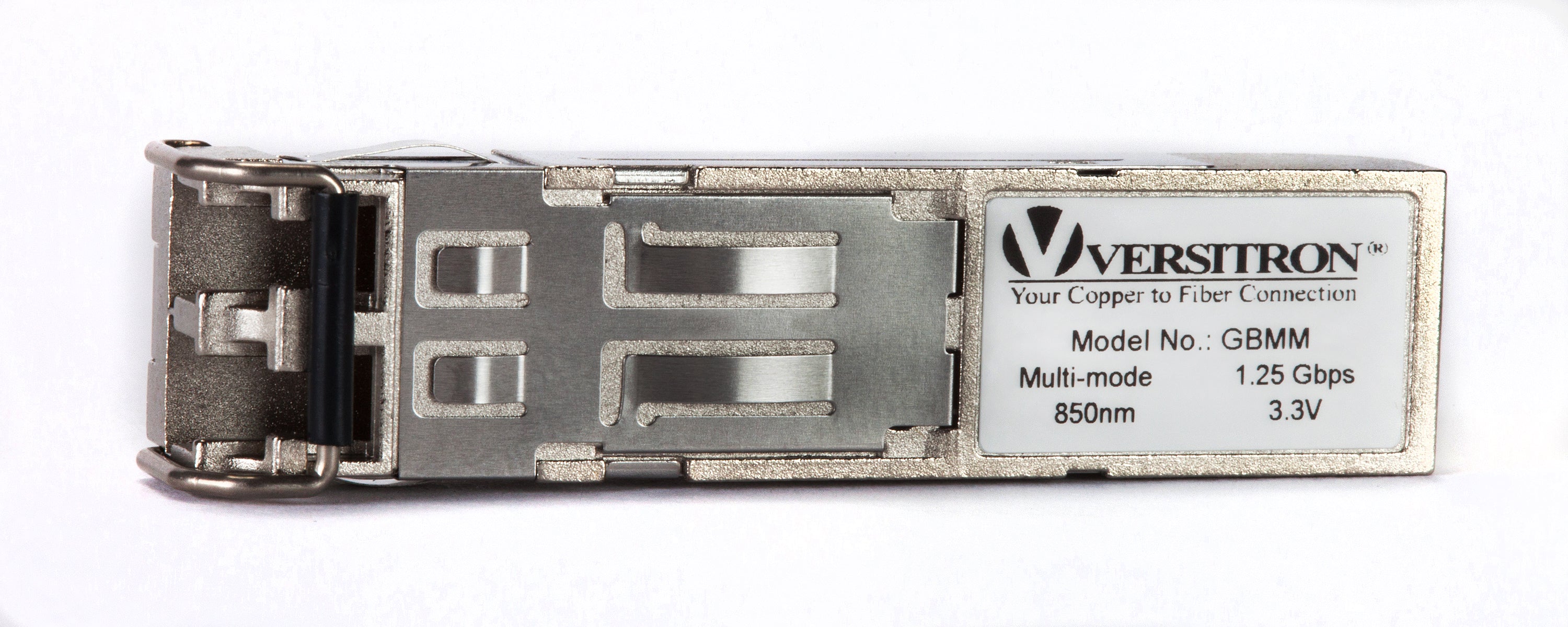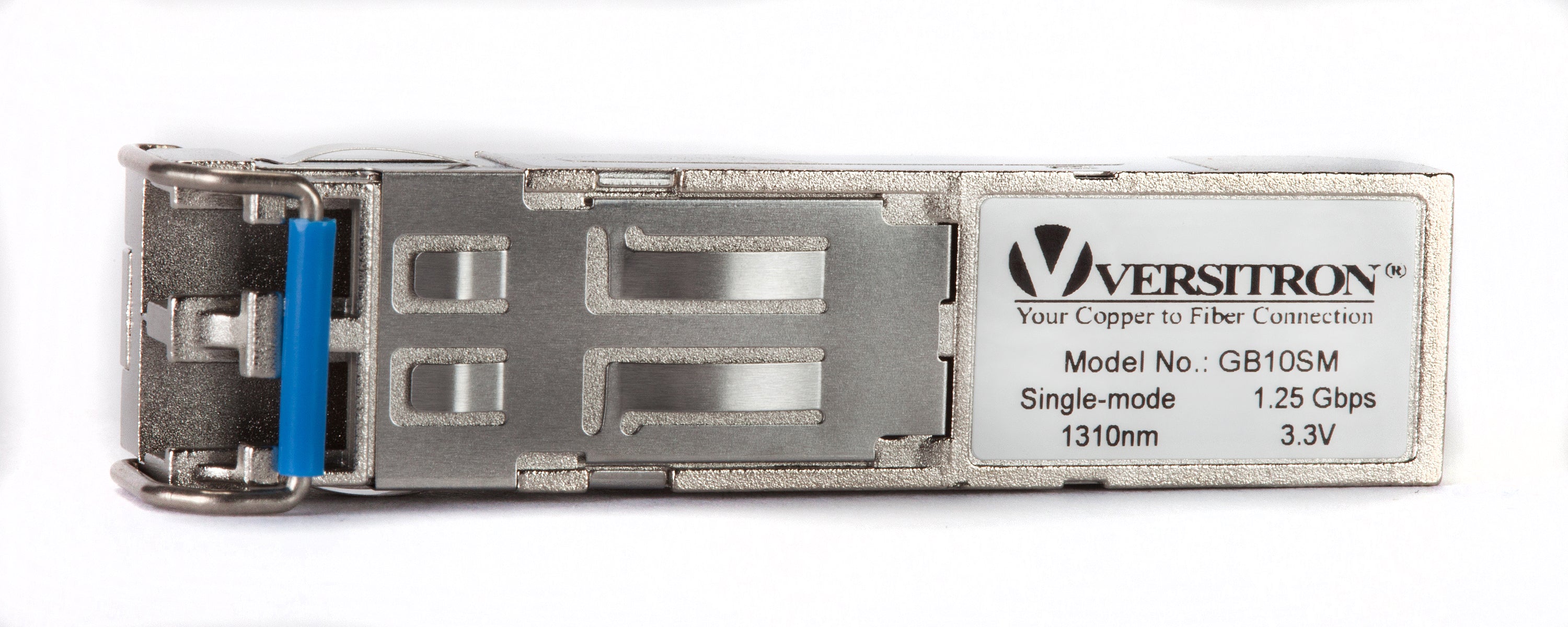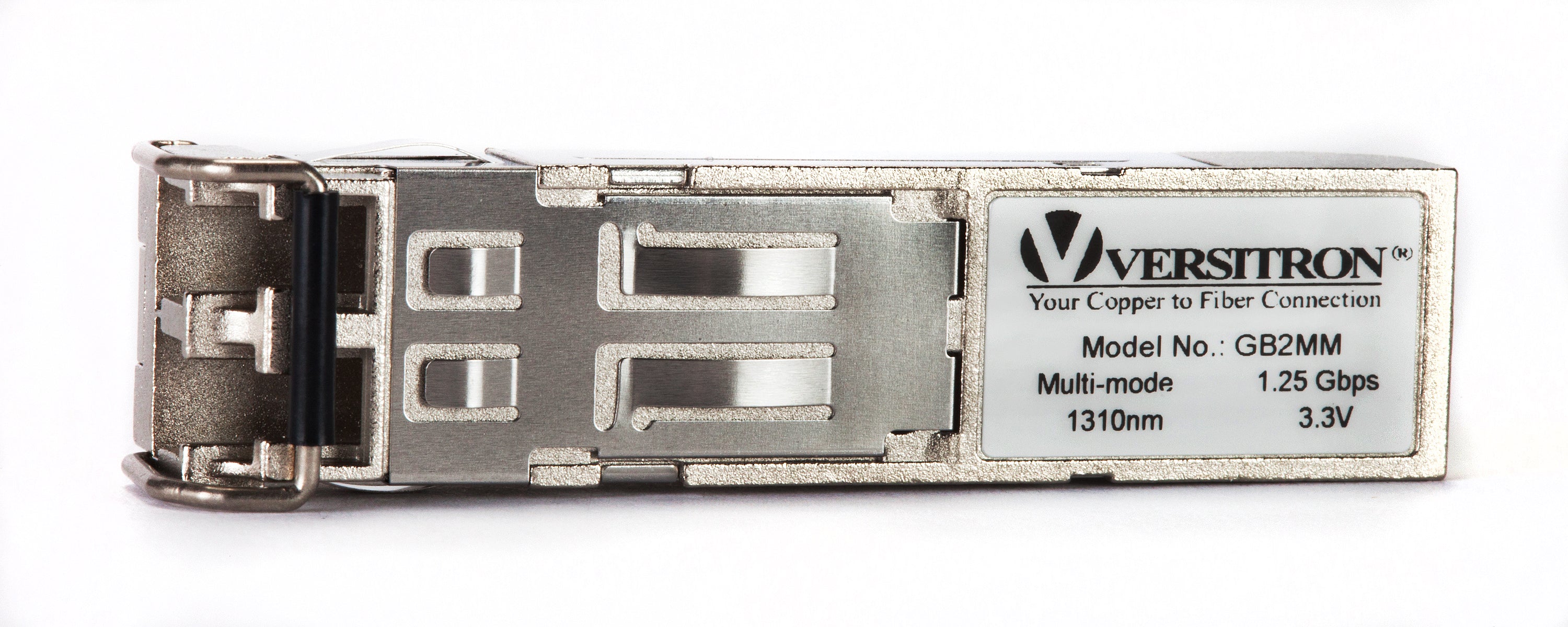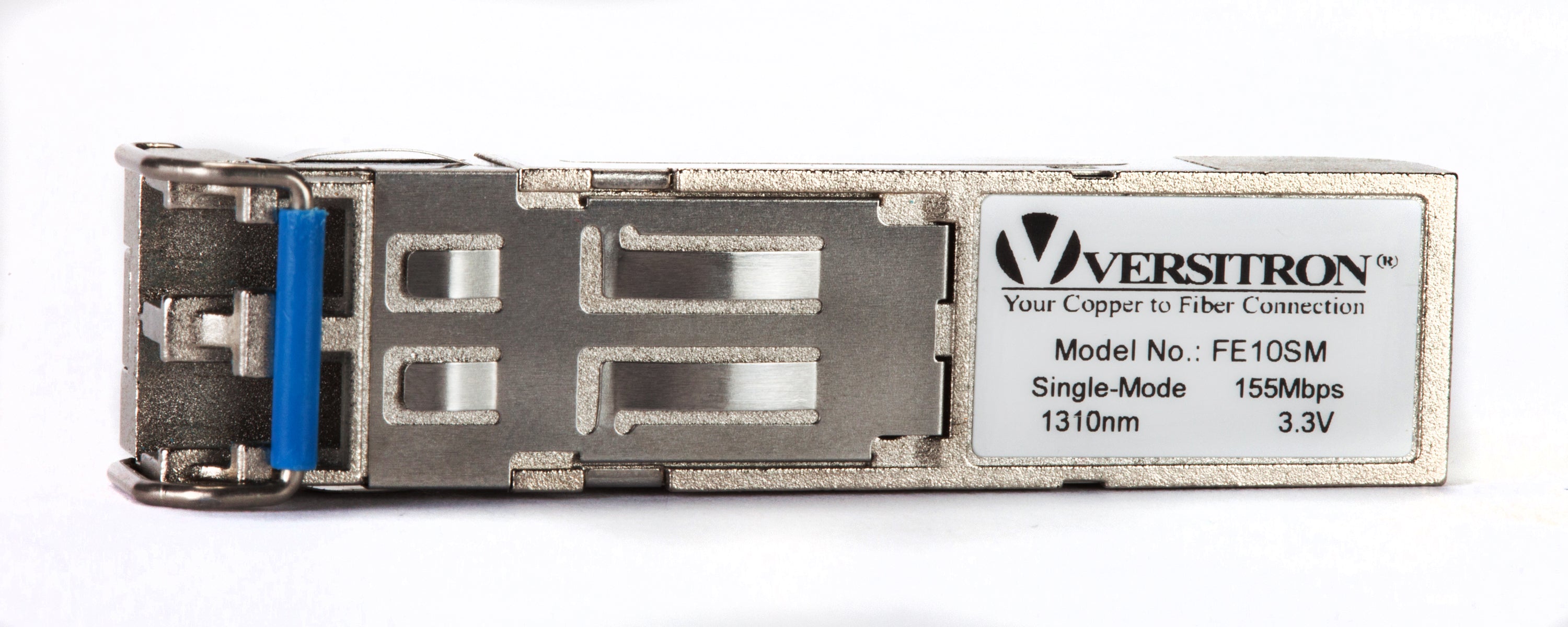Reliable connectivity has become the strategic advantage that separates high-performing organizations from the rest. As data volumes surge, security risks increase, and networks stretch across greater distances than ever, industries are demanding optical solutions that deliver both efficiency and uncompromised performance.

Enter the bidirectional SFP module - a powerful transceiver designed to maximize fiber utilization while ensuring stable, high-speed communication across mission-critical environments. Its ability to operate over a single fiber strand makes it the ideal choice for expanding infrastructures without escalating cost or complexity.
This guide explores how Bidirectional SFP Modules/Transceivers are reshaping communication networks across defense, government, enterprise, telecom, industrial, and commercial sectors, revealing the technology behind them and the real-world advantages they bring.
What Makes Bidirectional SFP Modules Essential for Modern Networks?
A bidirectional SFP module operates using wavelength-division multiplexing, enabling simultaneous transmission and reception over a single strand of fiber. This makes it a preferred choice for dense, cost-sensitive, or fiber-limited infrastructures that need to expand without rolling out new physical lines.
Organizations choose BiDi SFP transceiver, single-fiber SFP, and WDM SFP module solutions because they provide the same speed and reliability as dual-fiber configurations while cutting fiber usage in half. This is particularly valuable in growing networks where each fiber pair matters.
Bidirectional SFP modules provide key advantages such as:
- Greater efficiency in congested or fiber-limited ducts
- Reduced installation and upgrade costs
- Seamless compatibility with a wide range of switches, routers, and media converters
- Longer transmission distances with stable performance
- Lower power consumption and simplified maintenance cycles
These solutions integrate smoothly into any environment requiring a fiber optic transceiver, supporting critical applications across security, education, government, telecom, and enterprise networks.
High-Security and Government-Grade Compliance
Government agencies, defense organizations, and secure communication environments require transceivers that meet strict operational and procurement standards. This is where military-grade SFP, TAA compliant SFP, and government-approved SFP modules play an essential role. These modules are built to provide verifiable compliance, interoperability, and long-term reliability in national security infrastructures.
Critical networks relying on secure fiber transceiver, secure communications SFP, and encrypted network SFP technologies gain the ability to prevent unauthorized access, maintain confidentiality, and support rapid encrypted data flow even under extreme conditions.
Government and defense deployments frequently include advanced solutions such as the defense communication SFP, command-and-control fiber module, radar system fiber transceiver, military base fiber SFP, defense contractor SFP module, and federal agency fiber module. These modules allow agencies to maintain reliable, uninterrupted communication across tactical sites, intelligence centers, mobile command vehicles, and classified communication hubs.
Security-focused environments benefit from features like:
- Hardware-level encryption compatibility
- Strict environmental tolerance
- Redundant failover paths
- Long-distance, interference-resistant signaling
Critical Role in Security, Surveillance & Public Safety Networks
As urban security and digital surveillance continue to grow, fiber networks form the backbone of next-generation monitoring systems. Modules such as the IP camera SFP module, surveillance network SFP, security infrastructure SFP, and SFP for NVR systems enable fast and reliable transmission of high-definition video feeds between cameras, servers, control rooms, and storage systems.
Public safety networks employ solutions such as the police surveillance SFP, municipal fiber module, smart city SFP, public safety network fiber, border security fiber transceiver, and airport surveillance fiber to ensure dependable monitoring across cities, borders, transportation facilities, and public landmarks.
Educational institutions and corporate campuses utilize the city surveillance fiber, campus security SFP, high-definition camera SFP, IP surveillance fiber module, and ONVIF network SFP to maintain visibility, safety, and rapid response capabilities.
These modules improve surveillance ecosystems by delivering:
- Stable video transmission without latency
- Long-distance support for cameras installed across large campuses
- High-bandwidth connectivity for HD and 4K video feeds
- Seamless compatibility with NVRs, VMS platforms, and security switches
Enterprise, Data Center & Telecom Applications
Enterprise networks and telecom providers depend on high-availability fiber solutions that ensure continuous operations. Modules like the enterprise network SFP, data center BiDi SFP, SFP for telecom networks, ISP fiber transceiver, and carrier-grade SFP support the high-density, high-throughput requirements of modern digital infrastructure.
Whether building new connections or upgrading copper networks, organizations also rely on solutions such as the fiber uplink module, SFP for PoE switches, backbone fiber module, aggregation switch SFP, fiber extender SFP, redundant network SFP, IT infrastructure SFP, and enterprise backbone SFP to maintain scalability and operational stability.
Telecom operators deploy modules like the telecom backbone fiber module, mobile backhaul SFP, GPON compatible SFP, and FTTH SFP module to connect end-users, cellular towers, metro aggregation layers, and core backbone routes.
Enterprises commonly implement the fiber switch transceiver, router SFP module, network switch SFP, and fiber-to-switch module for flexible and cost-effective networking.
Key benefits for enterprise and telecom infrastructure include:
- High-speed data transmission with minimal latency
- Support for high user volume and heavy workloads
- Network optimization for VoIP, cloud, virtualization, and HPC
- Reliable failover and redundancy management
Industrial, Utility & SCADA Network Integration
Industrial operations require fiber networks capable of functioning in harsh, electrically noisy, or temperature-extreme environments. The industrial SFP transceiver, SCADA fiber module, utility network SFP, hardened SFP transceiver, and temperature-rated SFP are engineered with rugged housings, extended temperature support, and industrial-grade components.
These modules support power utilities, oil and gas facilities, wastewater plants, transportation grids, manufacturing floors, and energy distribution systems that rely on real-time data exchange.
Industries benefit from:
- High immunity to electrical interference
- Reliable operation across harsh outdoor environments
- Long-distance fiber support for SCADA and control systems
- Ruggedized transceivers built for vibration and extreme conditions
Military & Aerospace Communication Systems
Defense and aerospace communications require extreme precision, long-range reliability, and mission-ready components. Modules such as the aerospace optical transceiver, UAV fiber communication module, military-grade SFP, defense communication SFP, command-and-control fiber module, and radar system fiber transceiver play essential roles in aircraft systems, satellite communication architectures, and tactical field operations.
These solutions are engineered to deliver:
- High-shock and vibration tolerance
- Ultra-low latency communication
- Long-range optical reliability
- Secure and encrypted communication support
Broadcast & Media Transport
Live production, broadcast centers, and event venues depend on high-bandwidth fiber connectivity to transport HD and 4K video with minimal delay. Modules such as the broadcast SFP transceiver, video transmission SFP, 4K video fiber module, and live production fiber SFP enable rapid content distribution across arenas, studios, control rooms, and remote locations.
Fiber-based video systems benefit from:
- Ultra-stable video transmission
- Smoother live broadcast workflows
- High bandwidth support for 4K/8K content
- Noise-free operation over long distances
Storage Networks and SAN Connectivity
Enterprise storage platforms require uninterrupted, low-latency data transfer between storage devices and switches. The SAN fiber module and storage network SFP ensure high reliability for backup clusters, replication systems, and enterprise-grade storage arrays.
Technical Variations: Form Factors & Wavelength Options
Bidirectional SFP solutions come in multiple technical configurations. Options include the gigabit BiDi module, 1000BaseLX SFP, 1000BaseSX SFP, 100BaseFX SFP, LC connector SFP, long-range SFP transceiver, singlemode fiber SFP, multimode fiber SFP, 850nm SFP, 1310nm SFP, ZX long-range SFP, 10G BiDi SFP module, gigabit fiber SFP, multimode LC SFP, and singlemode LC SFP.
These variations ensure:
- Compatibility with different fiber types and distances
- Support for different wavelengths and speeds
- Flexible deployment across mixed environments
Performance and Architecture-Enhancing Features
Organizations use advanced features to optimize performance, reduce downtime, and simplify monitoring. Technologies such as the low-latency fiber transceiver, optical link SFP transceiver, optical network transceiver, fiber communication SFP module, compact fiber optic SFP, MSA compliant SFP module, DDM supported SFP, hot-pluggable SFP transceiver, high-bandwidth SFP module, long-distance fiber uplink, fiber optic infrastructure module, and mission-critical fiber module enhance reliability and performance across industries.
These features provide:
- Real-time diagnostics via DDM
- Hot-swap replacement without downtime
- High-capacity bandwidth support
- Extended fiber reach for large-scale networks
Conclusion: Why Organizations Choose Bidirectional SFP Modules/Transceivers
Bidirectional SFP modules have become a game-changing technology for organizations that demand fast, secure, and highly reliable connectivity. From government agencies safeguarding classified communications to enterprises expanding their digital ecosystems and smart cities powering vast surveillance infrastructures, these transceivers deliver the performance needed to keep modern operations running flawlessly. Their ability to transmit data over a single fiber strand not only simplifies deployment but also dramatically reduces fiber usage and installation complexity - making them a smart investment for both small and large-scale networks.
Beyond cost savings, BiDi SFP modules provide exceptional bandwidth efficiency, long-distance stability, and interference-free performance, ensuring that critical data reaches its destination without delay or degradation. Their universal compatibility with switches, routers, media converters, and mission-critical communication systems makes them incredibly versatile across telecom networks, industrial automation platforms, transportation grids, and even defense communication frameworks. This reliability is especially valuable in environments where downtime is not an option and secure, uninterrupted communication is essential.
With specialized models designed for every industry - from IP surveillance and enterprise infrastructure to aerospace systems, utility networks, and nationwide telecom deployments - bidirectional SFP technology continues to stand out as a future-proof optical solution. Organizations choose these modules because they streamline network growth, strengthen communication stability, and deliver long-range performance with unmatched efficiency. As the demand for high-speed fiber connectivity accelerates worldwide, BiDi SFP modules remain at the center of next-generation networking.







